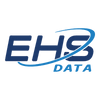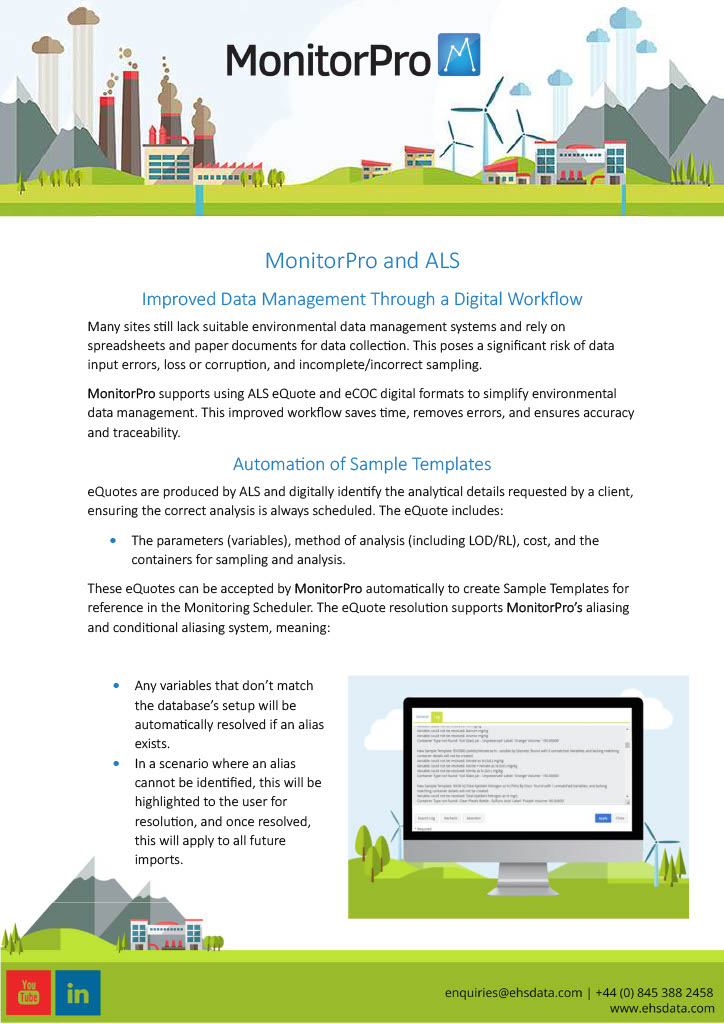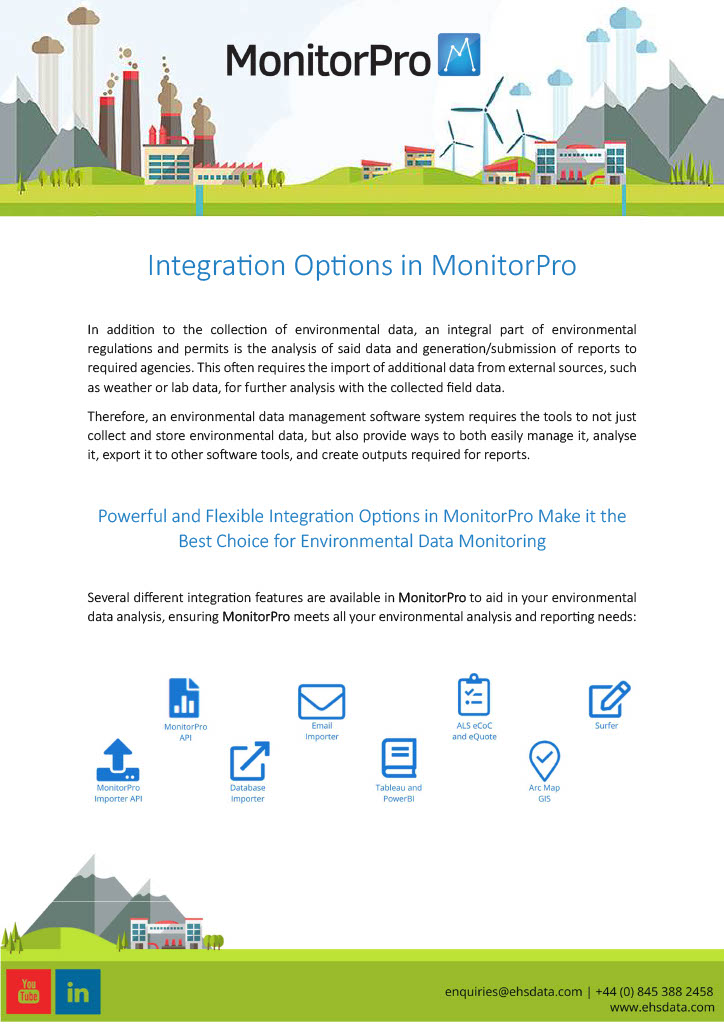MonitorPro offers diverse options for incoming and outgoing integration with other systems, resulting in seamless data importing and streamlined onward reporting. This results in significant time savings as users can easily access a range of data types in a single, secure, and readily accessible location.
Integración de MonitorPro
Powerful and Flexible MonitorPro Integration
MonitorPro Importer API
The MonitorPro Importer API allows user to connect several API endpoints for importing data into the database. Once connected to these endpoints the importer can automatically retrieve the data from the external system at a timed internal. Examples of these end points include:
- Generic data providers, e.g. companies offering access to various generally available data streams (weather, air quality, etc).
- Cloud data retrieval after collection in the field, e.g. loggers/site-based weather stations.
- Lab data.
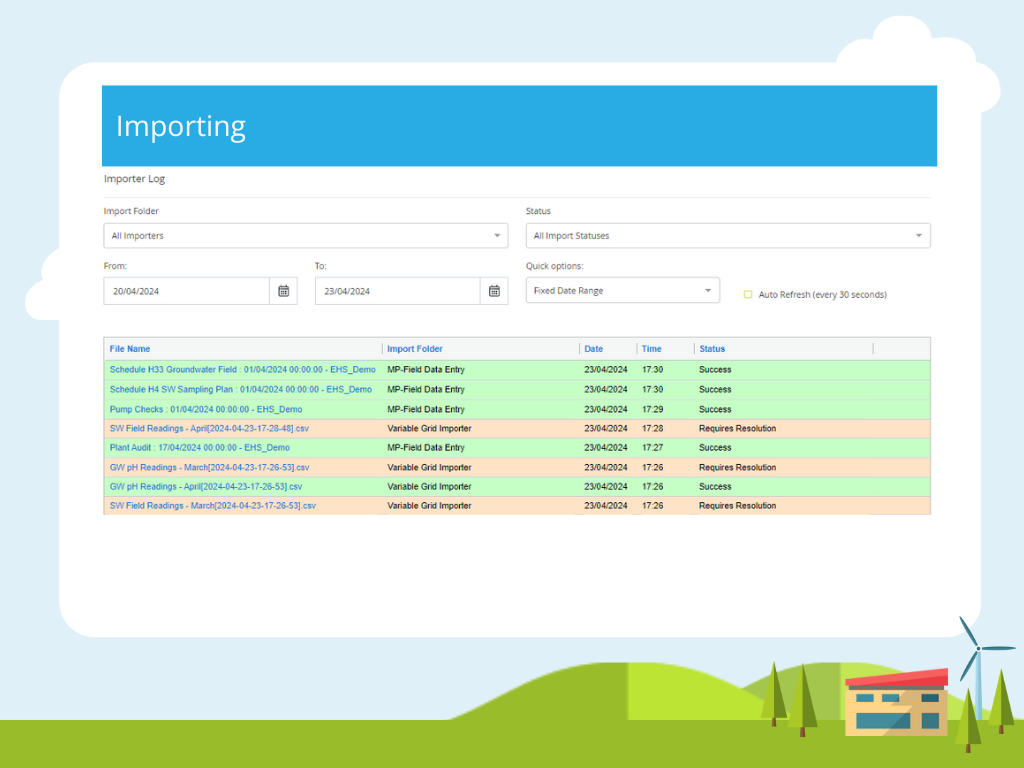
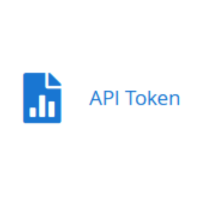
MonitorPro API
Whereas the MonitorPro Importer API brings in data into the database the MonitorPro API is used for the outward reporting of data into other systems such as Tableau, PowerBI, and Data Lake. Token-based security gives users simple and secure means to connect external applications to MonitorPro.
Importador de correo electrónico
The MonitorPro email importer directs data files to the correct importation workflow by applying a range of rules to incoming emails. These emails are then processed, and attachments are stripped for import. This removes the need for manually processing routine emails and eliminates the issues of employee absence, shared inboxes, and human error.
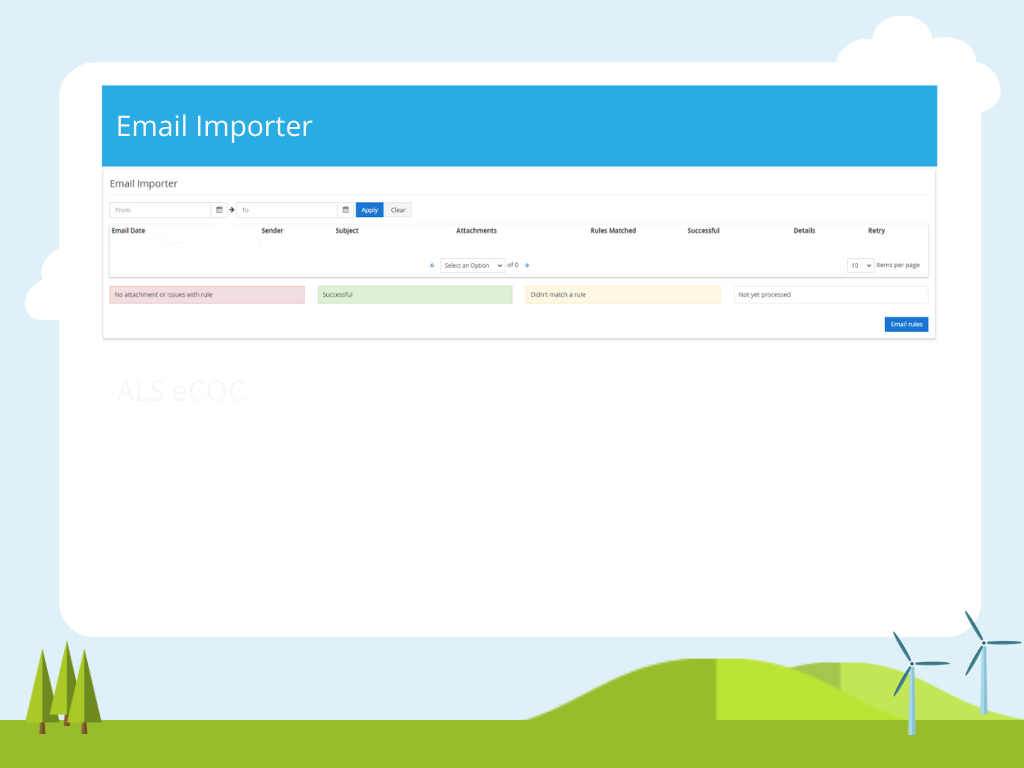
Database Importer
MonitorPro has an inbuilt Database importer for connecting to other database systems, often used to import data from historians such as PI and SCADA where required data can be pulled at a set frequency for further reporting.
Tableau and PowerBI
Tableau and PowerBI enable users to visualise their data securely stored in MonitorPro. Your MonitorPro database can easily be connected to Tableau or PowerBI via secure connection to create content for reports using this data.
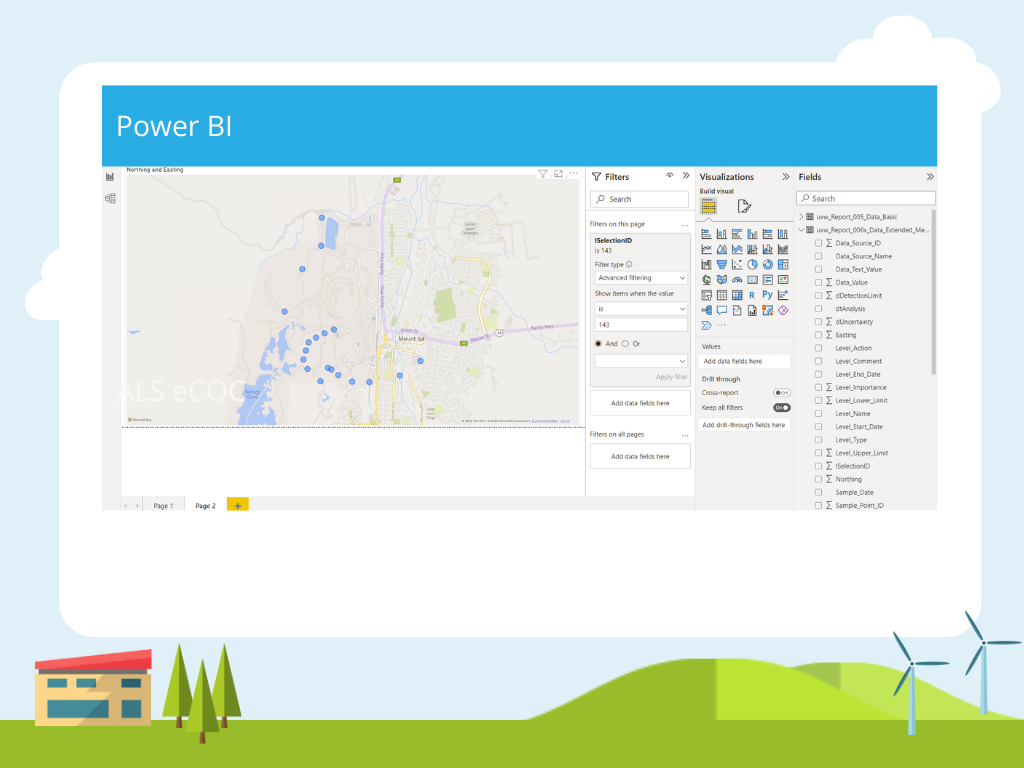
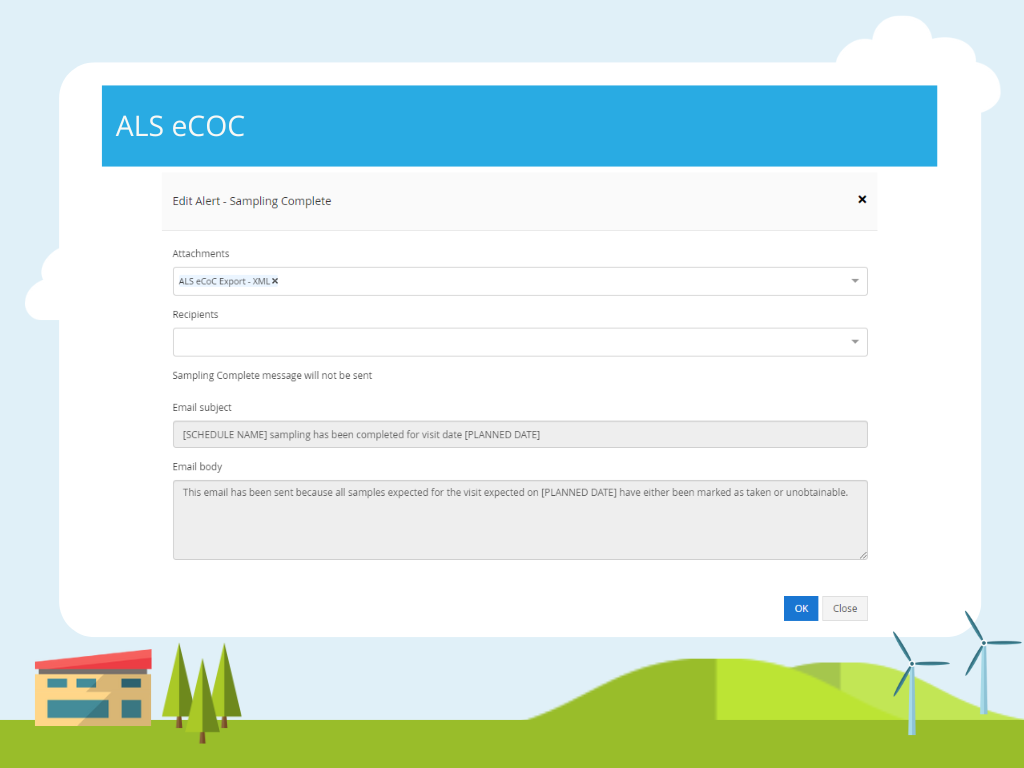
ALS eCOC and eQuote
ALS eCOC: MonitorPro supports the ALS standard for an electronic chain of custody (eCoC) format. Clients can generate these electronic eCOC from MonitorPro using the Monitoring Scheduler, which details the required fields ALS needs to register the samples. The eCOC can then be sent from MonitorPro either straight to the lab directly or to another workflow.
ALS eQuote: ALS produce an eQuote which details the analytical requirements a client has requested, the cost, and the containers required for sampling. MonitorPro can accept this quote (provided as an XML) to automate the creation of Sample Templates which are the basis for the MonitorPro Monitoring Scheduler.
Arc Map GIS
Through MonitorPro’s direct database access users can connect Arc Map GIS to their database for further data visualisation.
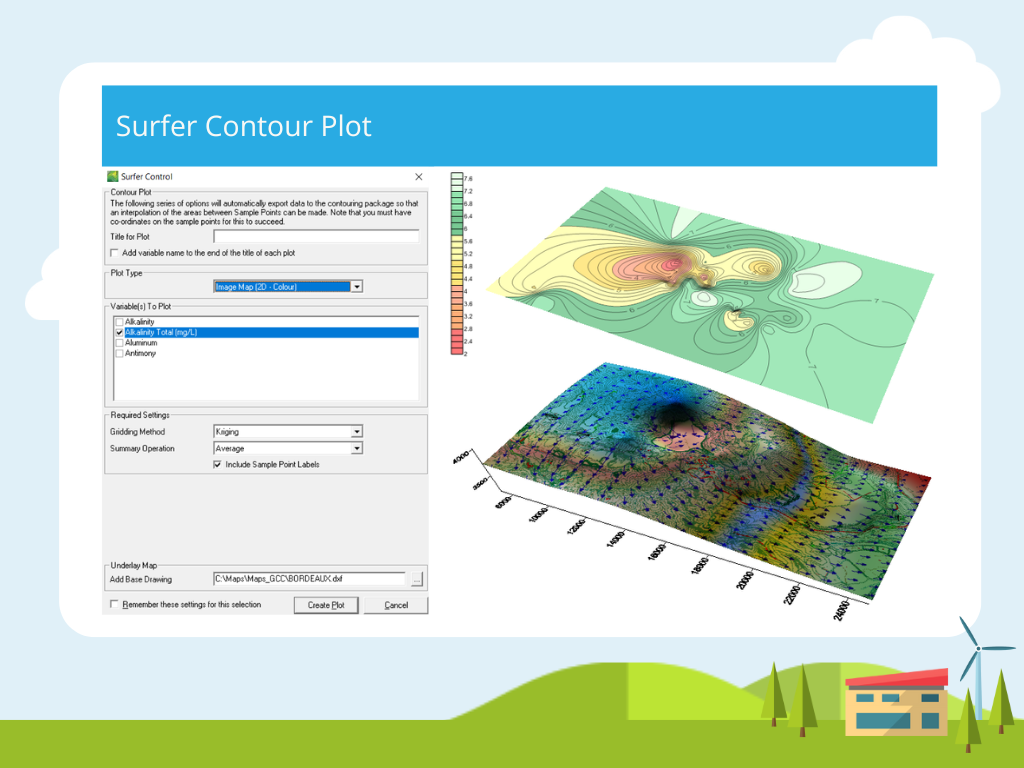
Surfer
MonitorPro enables the exporting of data into Surfer, enabling the rapid display of contour plots and classed post maps for data visualisation.
¿Quiere saber más?
To find out more about MonitorPro check out our why choose MonitorPro, features of MonitorPro, and benefits of MonitorPro, or contact us at enquiries@ehsdata.com
